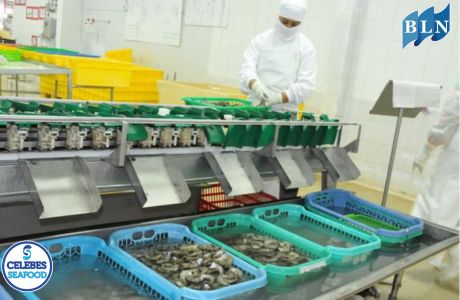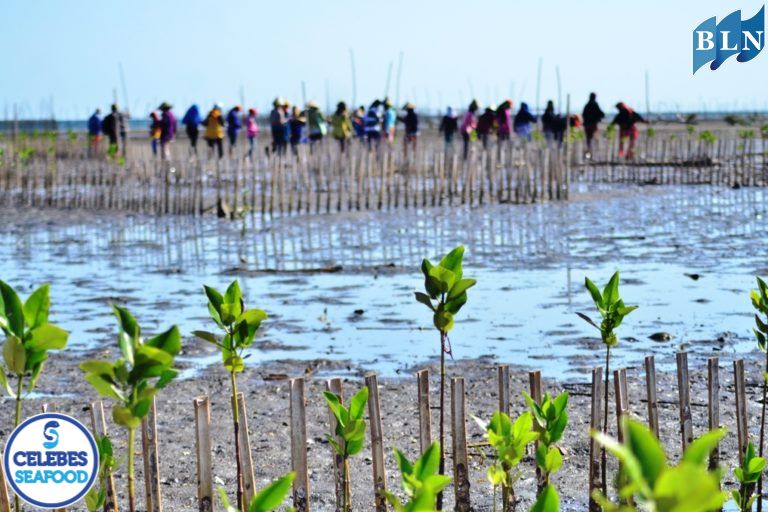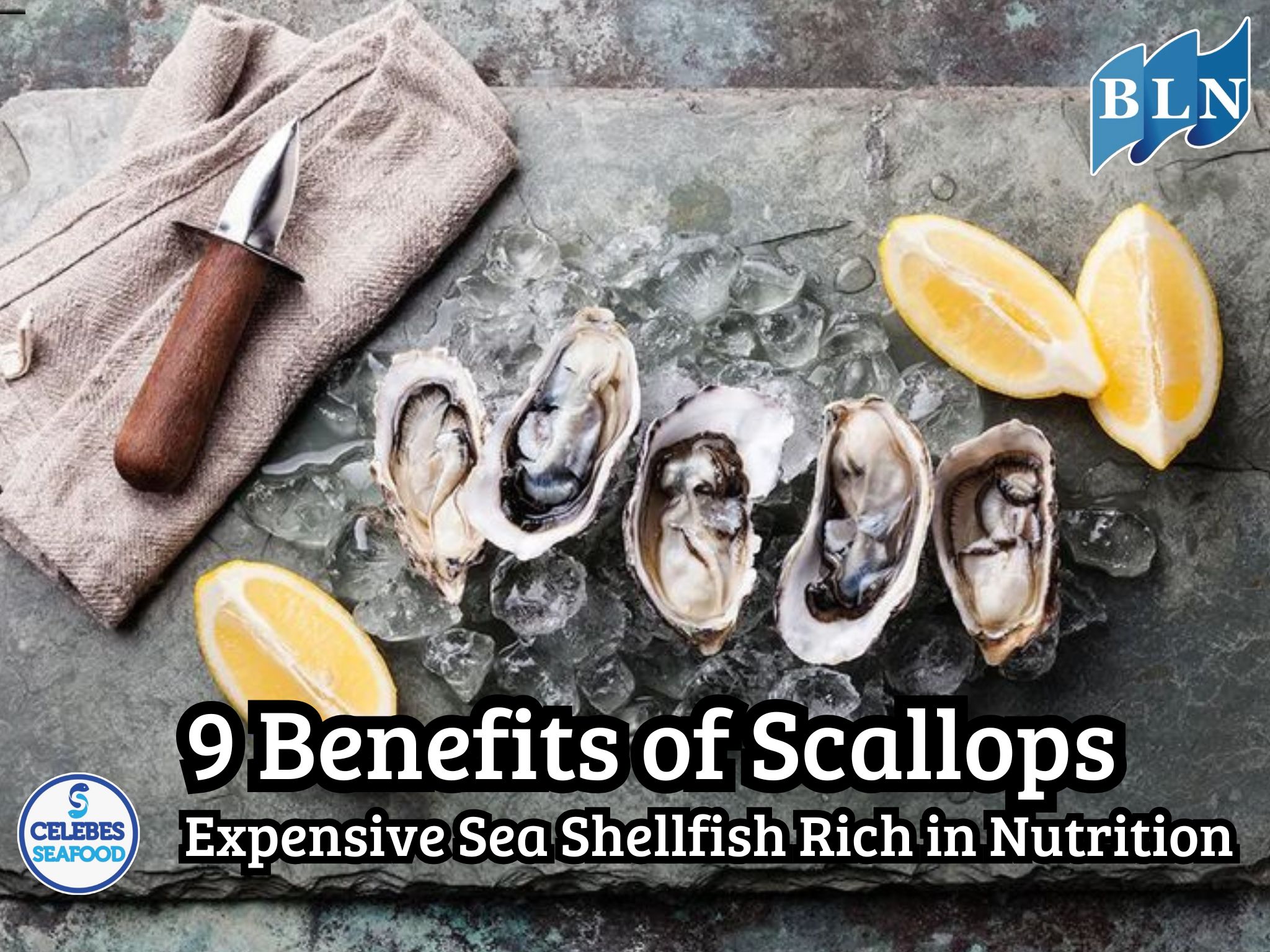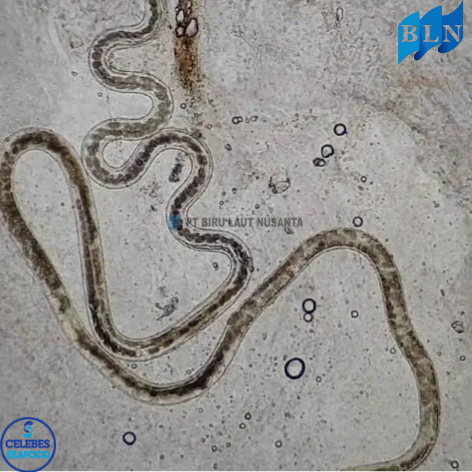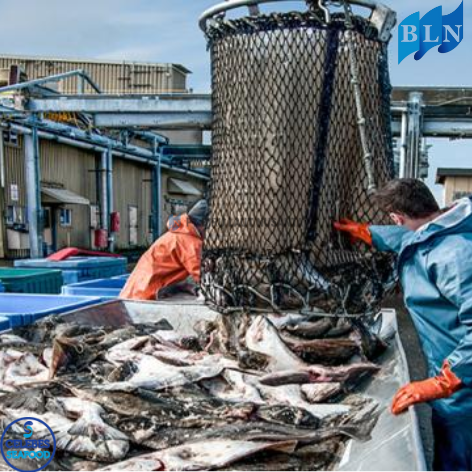Fisheries Cold Chain Investment: Ensuring Quality and Expanding Markets
By. Amma - 16 Apr 2025.jpg)
lautnusantara.com Fisheries Cold Chain is an integrated system that maintains low and controlled temperatures of fishery products throughout the supply chain, from the time of capture or harvest until the product reaches the end consumer. The main purpose of the cold chain is to slow down the activity of microbes and enzymes that cause damage and spoilage in fishery products, thereby ensuring the quality, safety, and extending the shelf life of the product.
1. Ensuring the Quality of Fishery Products:
- Preventing Spoilage: Low temperatures significantly slow down the growth of bacteria and enzymes that cause damage and spoilage in fish and other fishery products.
- Maintaining Freshness: The cold chain helps maintain the texture, taste, aroma, and nutritional value of fishery products.
- Extending Shelf Life: With controlled temperatures, fishery products can be stored longer without losing quality, providing flexibility in distribution and sales.
- Improving Food Safety: Reducing the risk of contamination by pathogenic bacteria that can cause illness in consumers.
2. Expanding the Market for Fishery Products:
- Access to Further Markets: Products whose quality is maintained through the cold chain can reach wider markets, both domestically and internationally, without worrying about damage during transportation.
- Increased Market Value: High-quality fishery products have a higher market value.
- Meeting Higher Market Standards: Many modern and international markets have stringent food quality and safety standards, which can only be met with an effective cold chain system.
- Reducing Dependence on Nearby Local Markets: Fishermen and producers are no longer limited to local markets that may have fluctuating demand and prices.
- Encouraging Exports: A reliable cold chain is an essential prerequisite for entering competitive fishery export markets.
Key Components of the Fisheries Cold Chain:
- Initial Handling and Cooling at Production Level: Cooling immediately after catch or harvest (e.g., use of ice, cold seawater, or chillers).
- Refrigerated Transportation: Vehicles and vessels equipped with cooling systems to maintain temperatures during shipment.
- Refrigerated Storage Facilities: Cold storage and cold rooms at various points in the supply chain.
- Refrigerated Processing: Processing and packaging of fishery products are carried out in a temperature-controlled environment.
- Display and Refrigerated Sales: Shelves and freezers in stores and markets that maintain the temperature of products until they reach consumers.
Challenges of Cold Chain Implementation in Indonesia:
- Limited Infrastructure: Especially in remote areas and small islands.
- High Investment Costs: Procurement and maintenance of cold chain equipment requires significant investment.
- Limited Electricity Resources: In some areas, unstable electricity supply is a constraint.
- Lack of Awareness and Knowledge: Regarding the importance of cold chains among fisheries business actors.
- Coordination Between Parties: Building an effective cold chain system requires cooperation between fishermen, farmers, processors, distributors, and the government.
Investment Opportunities in Fisheries Cold Chain in Indonesia:
Given the huge potential of Indonesia's fisheries sector and the challenges in implementing cold chains, there are significant investment opportunities in various aspects, such as:
- Procurement and rental of cooling equipment for fishermen and farmers.
- Development of efficient and affordable refrigerated transportation.
- Construction and management of cold storage and refrigerated distribution centers.
- Provision of cooling solutions for traditional and modern markets.
- Development of cold chain temperature and humidity monitoring technology.
- Training and consulting on good cold chain practices.
With the right investment and effective implementation, the fisheries cold chain will be the key to improving the quality of Indonesian fisheries products, expanding market access, increasing competitiveness, and ultimately, improving the welfare of fisheries business actors and meeting consumer needs for safe and quality products.
If you are interested in our product SWEETLIP SKIN-ON, SWEETLIP SKINLESS TIGER please do not hesitate to contact us through email and/or whatsapp.
